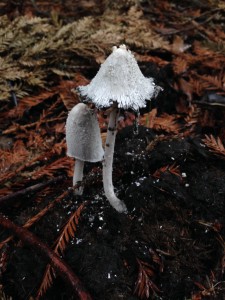
Finally, with the onset of rain, we have amazing mushrooms pushing up throughout the coast redwood forest. One of my favorites is the shaggy mane mushroom, Coprinus comatus. This is a gilled mushroom that emerges with a white scaly cap that begins to leak black goo as its spores mature. It literally liquefies itself to spread spores for reproduction!
You’ll recognize this mushroom by its inky goo, but before it begins to drip, a shaggy mane will reach a height of up to 6 inches with a cap up to 2 inches wide. It is common throughout North America and Europe in a variety of habitats. Apparently, shaggy manes are edible when they are young….but if you dilly dally then you might find yourself trying to enjoy an oozing mushroom mouthful.
What mushrooms are you finding in the woods right now? For another fun mushroom to find among the redwoods, see my past blog on coral fungi.

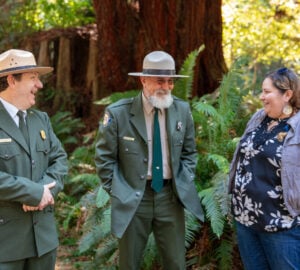
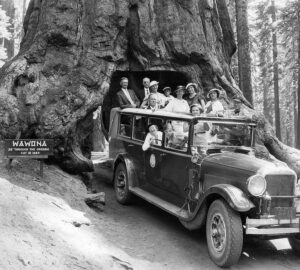
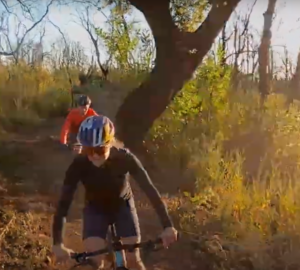
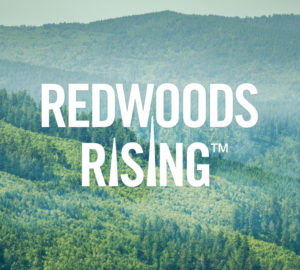

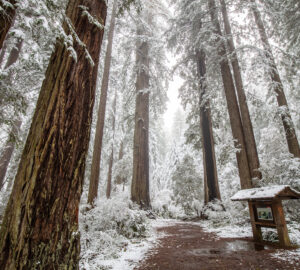
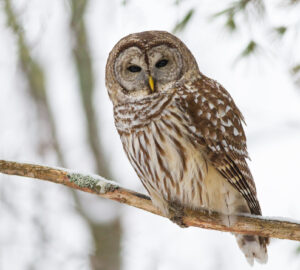
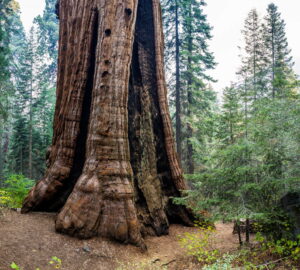
One Response to “Shaggy Mane Mushroom in a Forest Near You”
Sonja Lewis
Shaggy mane (Coprinus comatus) should be eaten when the caps have only halfway pushed out of the ground! Dig down a couple of inches, leaving several to reproduce. At this stage, the only “standard” flavor mushroom that’s better is the morel. Don’t wait till they’re fully emerged, or they will already be smelling/tasting putrid! In north-central Idaho, I’d find them along soil disturbance in partial sun, in Grand Fir- Western Red Cedar forests, Spring or early summer(?) They seem to mature so quickly that it would be hard to overharvest, because you avoid them at their most fertile stage. : D